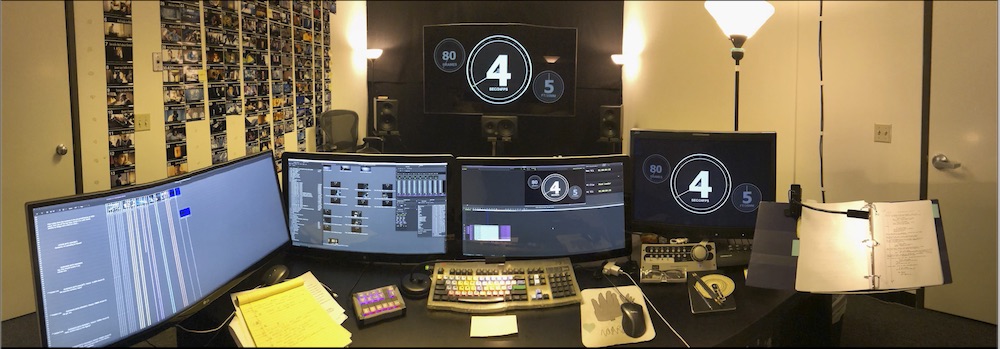Tom Cross – The Art and Technique of Film Editing – MZED Course Review
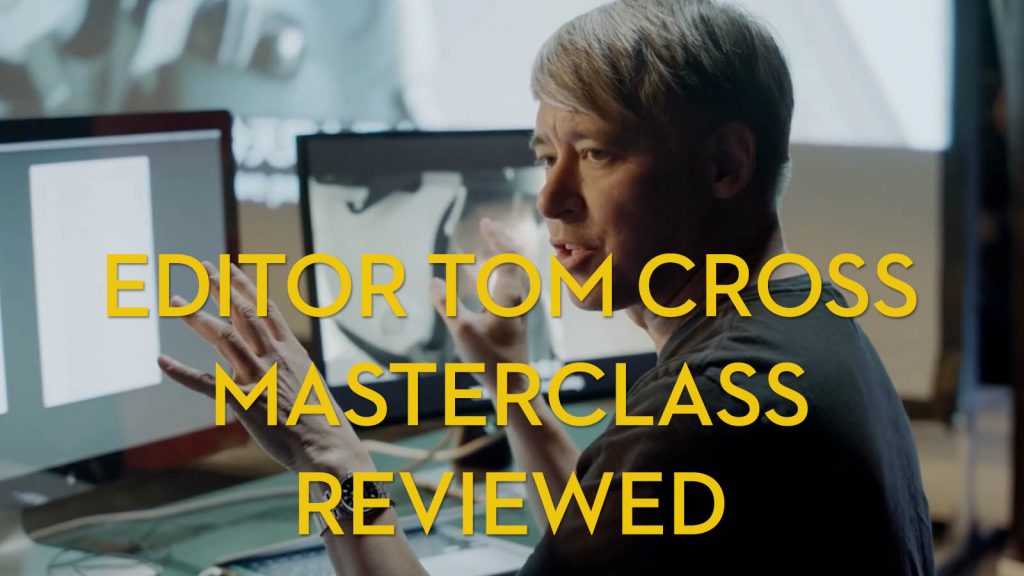
Oscar winning film Editor Tom Cross’ The Art and Technique of Film Editing, an online training course from MZED.com, offers a rare opportunity to hear a world-class editor share the fine details of his film editing process and reveal insider tips and tricks as he breaks down several key scenes from his work including La La Land, Whiplash and First Man and explaining the choices behind each edit.
MZED were kind enough to give me access to the course for the purposes of his review, which I’ve been eager to check out since it originally course launched in the summer of 2020 – it has definitely been worth the wait!
Editor Tom Cross won the Oscar and BAFTA for best editing for Whiplash in 2015 and was nominated again for both awards two years later for his work on La La Land. The Neil Armstrong biopic First Man is his third collaboration with director Damien Chazelle.
Most recently Tom co-edited the long awaited James Bond movie No Time To Die, his previous credits also include The Greatest Showman, Hostiles and Joy.
All of that to say, what he has to say about editing – I want to hear!
What I didn’t know about Tom’s journey to the edit chair is the twenty years he spent working as an Assistant Editor and the tenacity he demonstrated to get the opportunity to edit his first feature film, Whiplash.
I ended up doing what a lot of aspiring filmmakers do, in New York. You work in whatever genre you can. You take whatever job you can get… And so I worked in commercials, I worked in documentary, I worked in reality television, I worked in fashion videos, I worked in industrials, I cut T.V. promos, but I still longed to work in feature films.
I tried to work every possible connection I could, and I ended up volunteering at a small editing company. Working for free, just to get the experience, just to meet the people and get my foot in the door. It was at this place that I ended up meeting up with some people who were in post-production. They recommended me to an editor who was editing down the hall from them, and this editor turned out to be a man named Tim Squyres, who is an Oscar-nominated editor for director Ang Lee.
I was thrilled to work for him. I assisted him on these commercials. They were commercials for these pots and pans, very, very exciting. But the main point is, I got to connect with him. And he liked me so much that he hired me on the next movie he was working on, and I got to get into the editor’s union as an assistant editor in New York City.
This was probably in 1998, but it was the start of an assistant career that lasted for almost 20 years. I worked in different genres, different capacities, and on independent films, as an assistant editor for almost 20 years. There were times where I never felt like I was, going to achieve my dream.
Editor Tom Cross
If you take nothing else away from this review it’s that you should never give up! Work incredibly hard and do whatever you must to stay in the game, but don’t give up on your dreams!
I’ve previously compiled some excellent resources on Tom’s process of editing La La Land which you can enjoy here.
At the same time as publishing this review I’ve also put together a huge round up of some of the best articles, videos and interviews that I’ve found on the editing of First Man which you can check out too.
8 Hours of Teaching with Film Editor Tom Cross
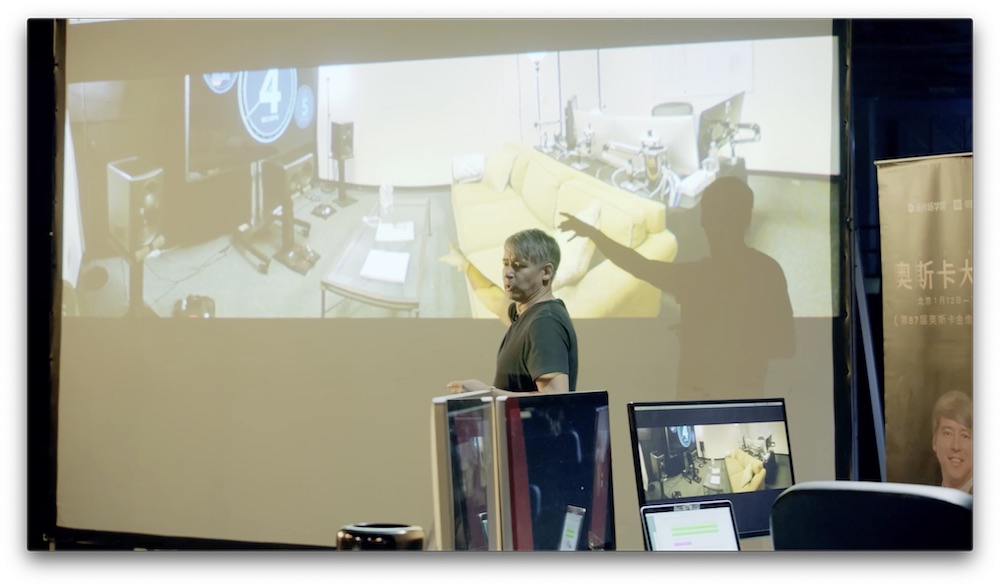
Tom Cross is obviously a very talented editor but he’s also an astute teacher and an articulate communicator, which is a key strength which makes the course so engaging and worthwhile.
So what do you get?
The Art and Technique of Film Editing clocks in at just over 8 hours, broken down into 45 individual lessons which vary in length from about 4 to 20+ minutes each.
The course can be divided into two rough halves – first the process of editing a Hollywood feature film and second Tom breaking down key scenes from several of his film’s in great detail – explaining his editorial choices and problem solving techniques along the way.
Lessons on the process include:
- Setting Up Your Cutting Room
- Script, Camera and Sound Reports
- Wall Cards
- Editorial Crew
- Rough Cuts
- The Editor and Director Relationship
- Conveying information
- Choosing Selects
- Screenings and Feedback
Tom discusses how he edited the following scenes, among several others:
- Introduction to Hostiles
- A Guide to Whiplash, the Short Film
- Whiplash, the feature Film
- La La Land – Opening Sequence
- La La Land – The Roommate Dance
- First Man – Opening Sequence
- The Training Flight Crash in First Man
Given that there are 45 lessons in total this is just a taster of what’s on offer. You can check out a full course breakdown here on the MZED.com site.
Who should take this course?
I think two different groups of editors would benefit immensely from this course.
First off would be anyone who wants to know what it’s like to edit a feature film and how that process works. I guess I’m thinking of younger editors and those looking to become assistant editors.
However, I also think experienced editors who want to learn some valuable insights from a superb editor like Tom Cross will also find his teaching hugely enjoyable and informative, given the kind of insider tips and tricks he shares when breaking down his scenes.
Download or Stream – Benefits of the MZED Training Interface
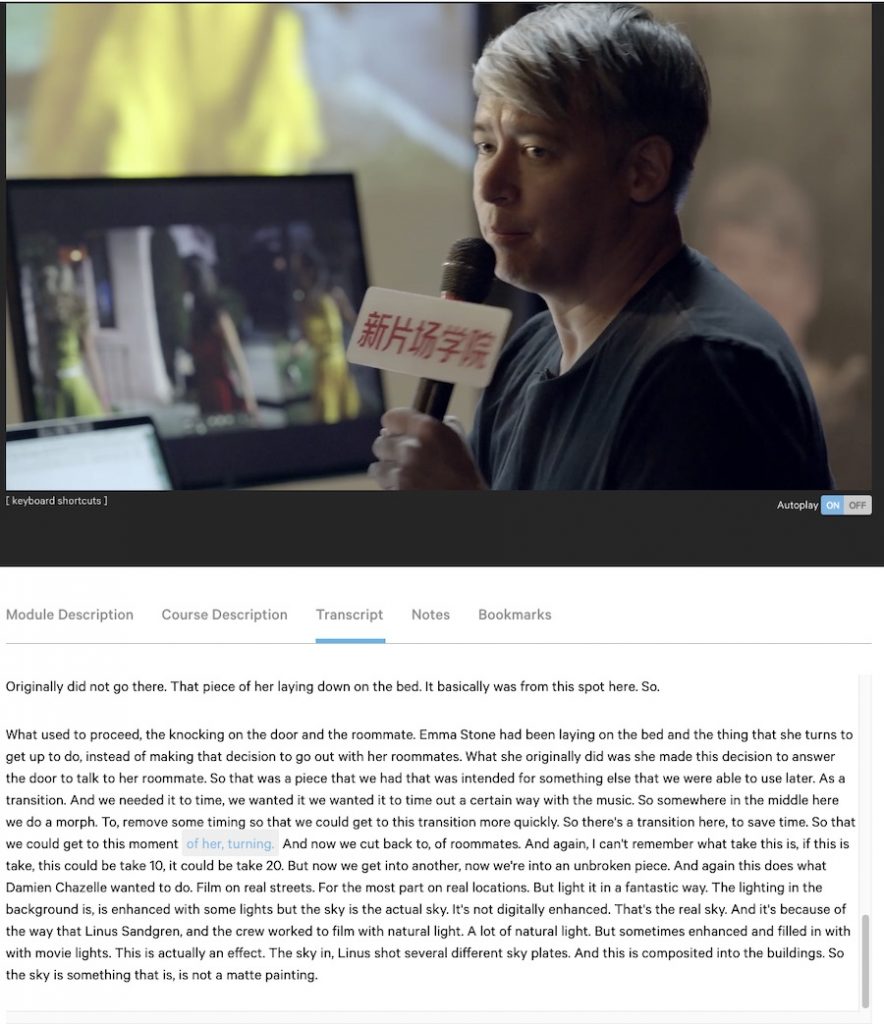
You can either download the course or stream it via the MZED training site, which has some really nice features, such as an interactive transcript that allows you to jump to that point in the video by clicking on any sentence.
Another benefit of streaming them is that you can save your own notes and add your own time-stamped bookmarks to keep track of your favourite moments.
You can download each of the 45 lessons individually, but I really wish there was a ‘download all button’ to expedite that process. The downloads are available in 6 different resolutions which is handy, but annoyingly the file name of each lesson doesn’t include the lesson title, simply the module number (e.g. 01). This means you have to manually re-name each file to something more meaningful if you decide to download the lessons, which is again time-consuming.
Surprising Annoyances
The content of the course is pretty much outstanding from start to finish but there are a few oddities in the execution that range from mildly surprising to consistently annoying.
For starters there is a 15 second title sequence on each and every lesson which is entirely redundant after the first time you see it – it doesn’t include the lesson title and after the title sequence Tom delivers a short message to camera effectively giving you the lesson title, and some times a little bit of further context.
It would have been far more preferable to have a 3 second title card and just gotten straight to the lesson!
As the course has been edited from an in-person masterclass Tom gave in Beijing you do see students listening in, and Tom responding to their (off-camera/not included questions) – which is totally fine, but there is one lesson in which the shot is mainly of Tom reading what feels like a piece of narration covered by a few cutaways of specific edits.
My point in this is that I was slightly surprised by it and wondered if there couldn’t have been a more imaginative way to handle that footage.
In a couple of lessons there is a portion of Tom’s presentation to the Chinese students followed by his answers to their questions but there is not often a delineation between these two clips, so sometime the topic can change without any visual sign-posting.
For example, in the lesson on setting up the edit suite the flow jumps around from advising you to sit the most important person in a screening room in the centre of the room – the visual and audio sweet spot – to Tom’s approach to using wall-cards on his edit suite wall. A simple title card in between would have made this jump less confusing, or simply moving the wall-card content to the wall-card specific lesson. Anyway, I digress.
None of this is a deal-breaker in the least but it’s worth mentioning.
Lessons on Film Editing from Editor Tom Cross
I watched almost all of the course in writing this review and I thought I’d share a few of my favourite moments and lessons learned along the way – without giving away everything as a) that would be unfair to MZED and b) make the posts thousands of words long!
In the lesson on setting up his edit suite one of the details I took away, was that Tom places standing lamps around his suite which are then controlled by an off-the-shelf dimmer so that he can dim the lights from his desk whenever he and the director want to run a scene. He mentioned that people are always impressed the first time this happens and it demonstrates the level of care and attention that goes into every part of running a suite.
Tom likes to cut “the easy stuff first” to get his brain warmed up and describes his basic editorial process as this:
- Assistant creates string out of all takes
- Tom pulls his selects from this into new sequence on first viewing
- Takes all these Selects and puts them in script order (or Assistant does this for him)
- The he starts cutting the scene
Several times in the course Tom mentions director Damien Chazelle’s thought that “Your best scene should be at the end and your second best scene at the start.”

Some of my absolute favourite parts of the course were when Tom shared, often shot by shot, the rationale behind the edit choices, the subtle power of his sound design intentions and how he handles complex musical scenes which might be a single shot containing invisible edits or a very apparent ‘cutty’ approach.
In the lesson on the opening to La La Land Tom describes how they had to think “beyond our constraints… to imagine a new concept different from the original design.” The film originally opened with a long title sequence with a musical overture, then introduced the characters and then had the (now) opening dance number on the freeway.
After a lot of fascinating editorial wrestling that I won’t detail here, they landed on the cut you now see, which required creating an invisible VFX morph between the final free way shot of the opening dance number and the crane down to Ryan Gosling in his convertible.
In the image above you can see that the car in front changes between the takes, revealing the join – which I never noticed! My point with this example is that hearing these kinds of detailed anecdotes like this will inspire you to find creative solutions to your own editorial conundrums in your own projects.
Another highlight of the course is Tom describing the visceral and documentary style approach to editing First Man.
He shares some great anecdotes and insights on the film’s post production journey, which featured “an ambitious schedule” with some 16-20 hour days and 6 day weeks. (not fun!)
One of the things that Tom mentioned as being especially helpful to him as an editor was director Damien Chazelle’s decision to do as much in-camera as possible, from real floating objects in space (on wires) to LED screen-backgrounds outside of craft windows to avoid using green-screen.
This meant that Tom could cut the scenes, reacting to the in-camera ‘composites’ of what the actor could also see, rather than imagining what would be there later. It also meant all the helmet and visor reflections were baked in too.
There are four lessons focused exclusively on First Man:
- First Man Opening Sequence
- Juxtaposition and Rhythm in First Man
- Documentary Style in First Man
- The Training Flight Crash in First Man
As I mentioned at the start of this post I’ve also put together a detailed round up of some of the best interviews and behind the scenes videos on the making of First Man, in this ‘sister’ post, so be sure to check that out too.
Tom Cross Editing Course Review – Final Thought
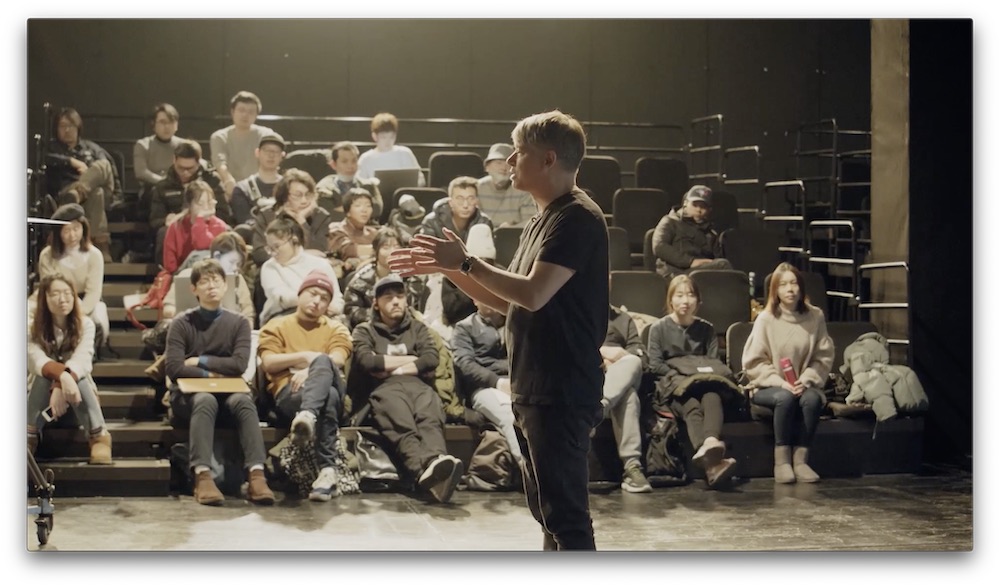
To sum up, Tom is an excellent teacher, all of the content is outstanding and the insights you will gain on the art and craft of film editing are well worth the price of admission.
That price isn’t particularly cheap at $249 for the standalone course, although it was half-price during Black Friday so maybe keep an eye out for future sales; at $125 it was a steal!
However Tom’s course is now part of the MZED Pro Membership, which is $349 per year and gives you access to over 450 lessons over 36 courses, worth $9000 if you bought them individually! These other courses cover everything from screenwriting to DaVinci Resolve, to Wedding Photography to so much more.
Alternatively you can actually buy individual lessons for a variety of prices from $9 – $39 each. This would definitely be a bit of a gamble, but you could select whichever lessons most intrigued you.
That said, Tom Cross’ The Art and Technique of Film Editing is a relatively rare opportunity to get this level of access to such a talented editor who shares their wisdom on the craft of film editing in articulate depth and practical detail.
Check out The Art and Technique of Film Editing for yourself on MZED.com

